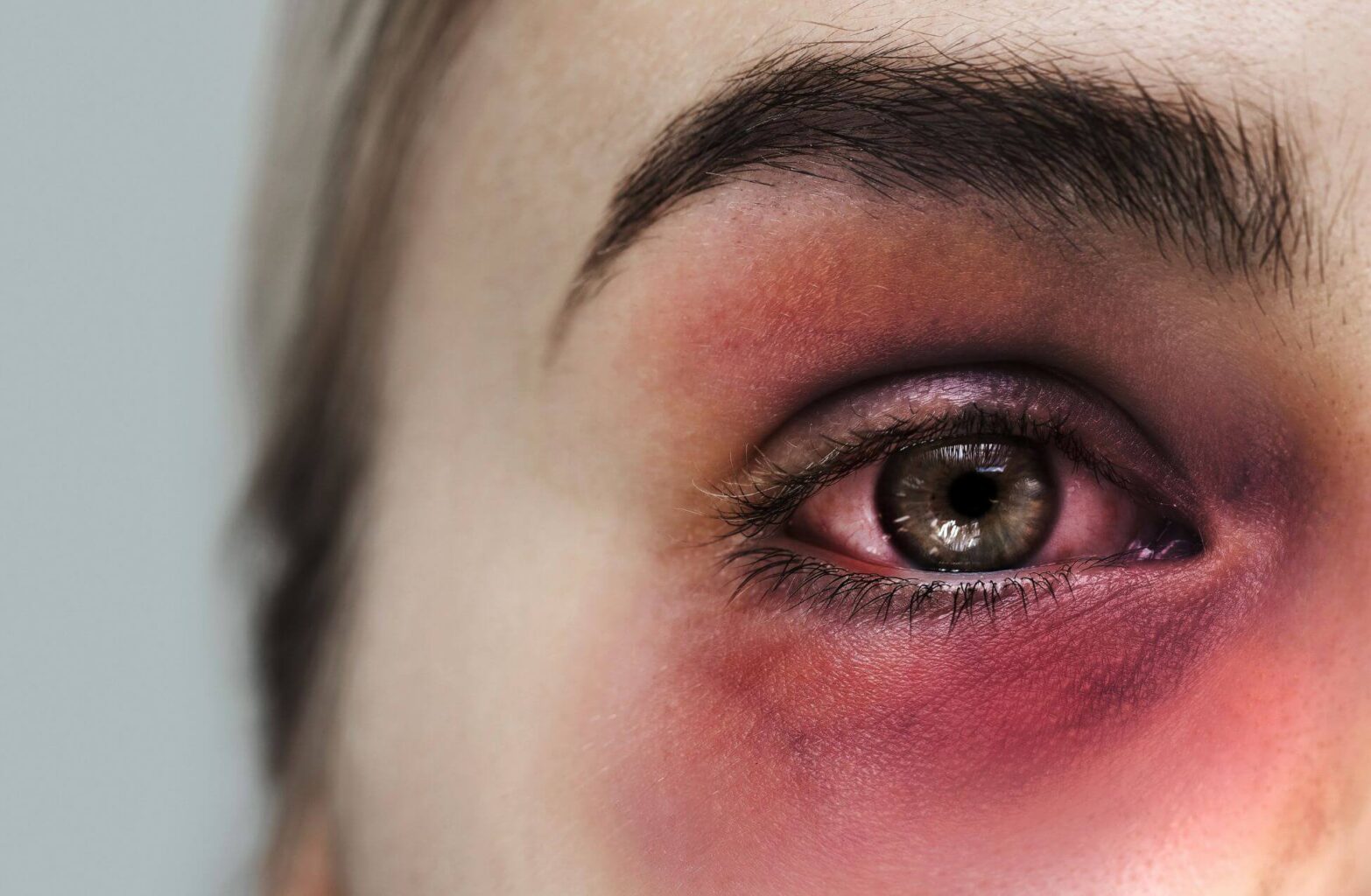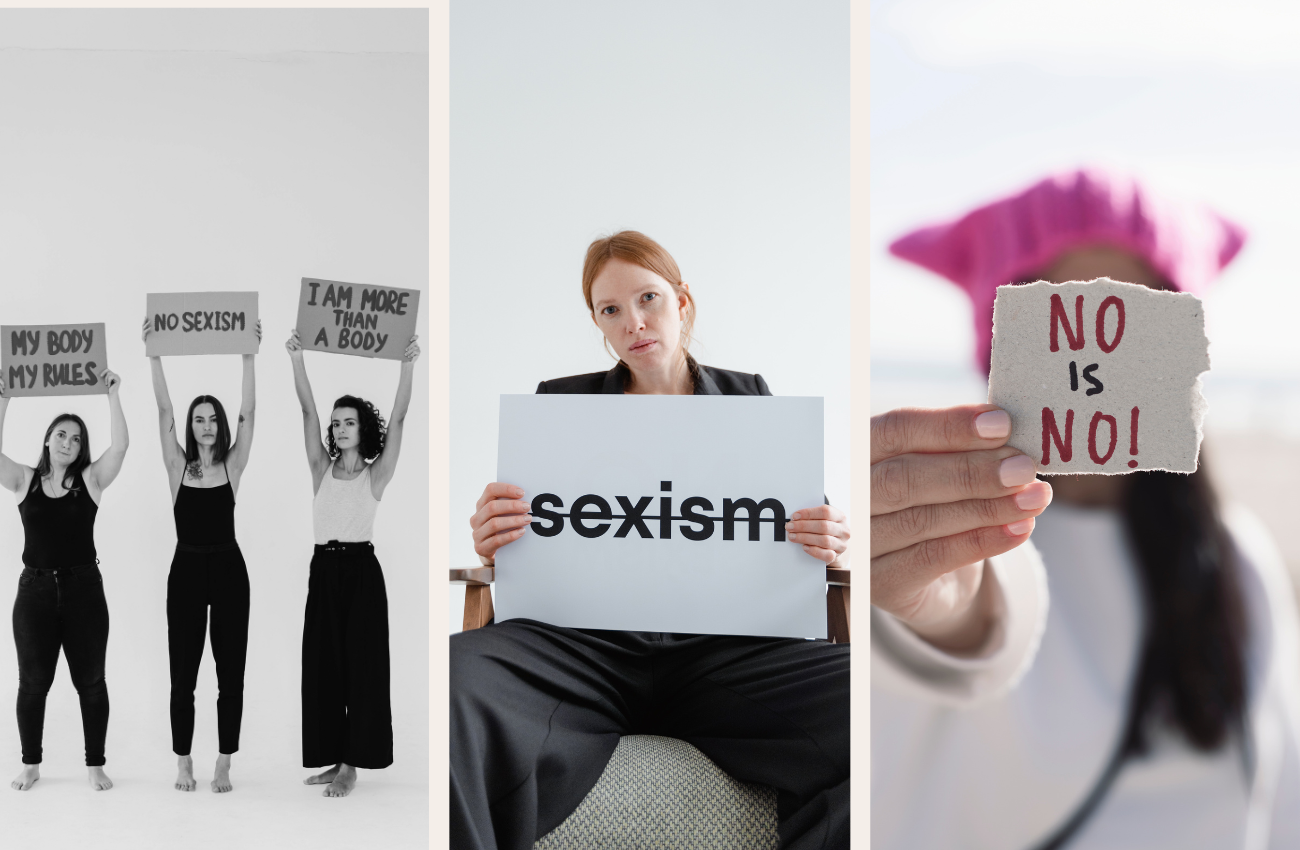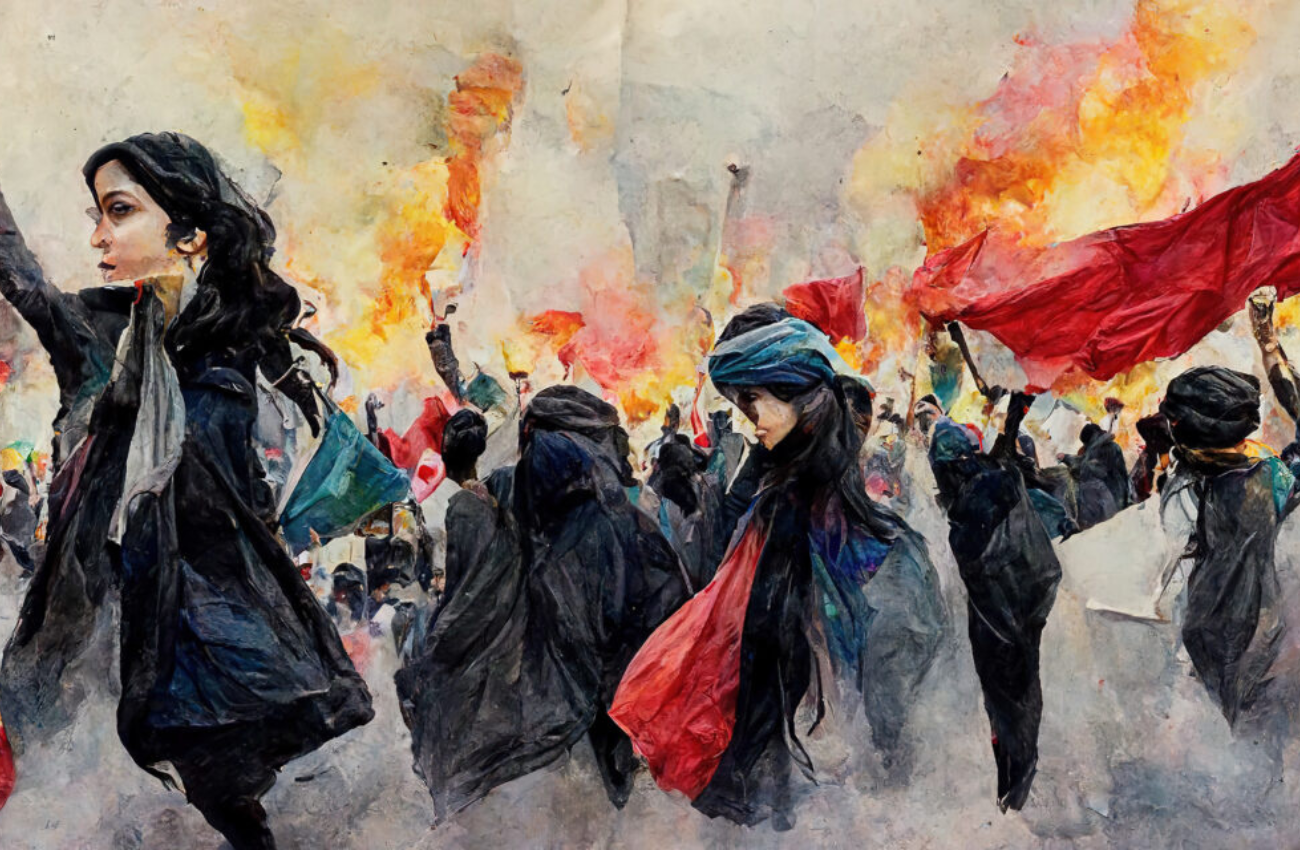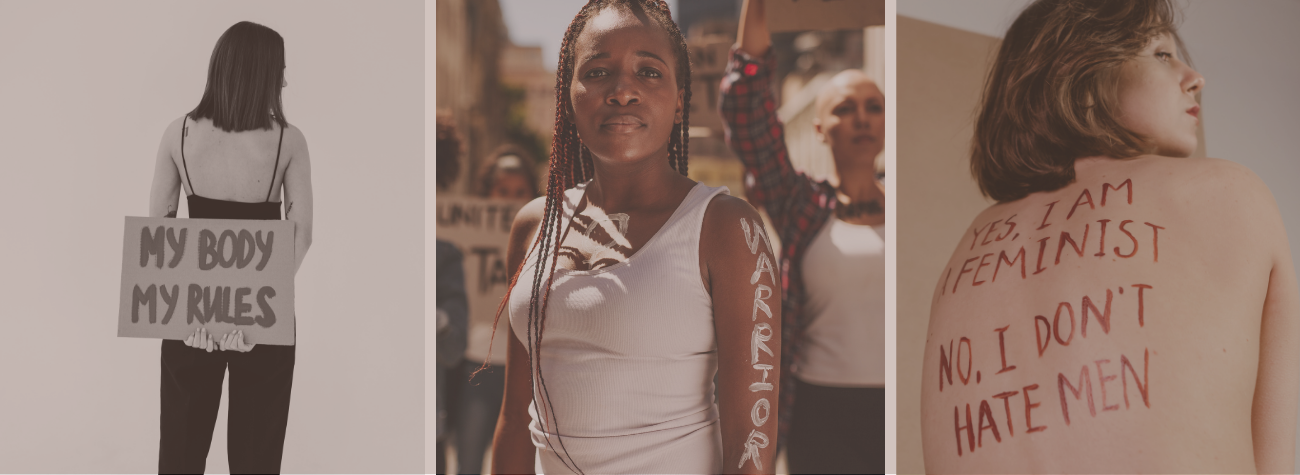
Women’s Issues & Women’s Rights
Women’s issues and women’s rights come hand-in-hand so often those who ask ‘what are the key issues of the women’s movement today?’ are faced with the same answer in 2023 that was given in the suffrage movement when women wanted the right to vote – fundamental rights for women.
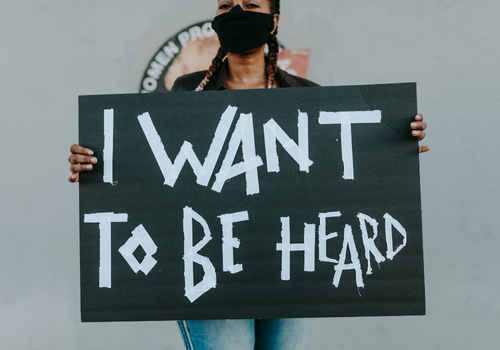
Women’s rights are the rights and entitlements claimed for women and girls worldwide. In some countries, these rights are institutionalised or supported by law, local custom, and behaviour, whereas in others, they are ignored and suppressed.
They differ from broader notions of human rights through claims of an inherent historical and traditional bias against the exercise of rights by women and girls, in favour of men and boys. Laws that hold women to a different standard to men block the path to women’s rights and progress.
Issues commonly associated with notions of women’s rights include the right to bodily integrity and autonomy, to be free from sexual violence, to vote, to hold public office, to enter into legal contracts, to have equal rights in family law, to work, to fair wages or equal pay, to have reproductive rights, to own property, and to education.
Despite women and girls making up half the world’s population, far too often, women’s voices, experiences, and contributions are overlooked or undervalued because of their sex.
Globally, women are underrepresented in the halls of political and economic power. Gender inequality and the low status of women and girls has vast political, economic, and social implications.
We attempt to address all women’s issues including women’s issues in politics and continue to fight for women’s rights to ultimately showcase the potential of women that still remains a lost opportunity for economic growth and development in the UK and worldwide.
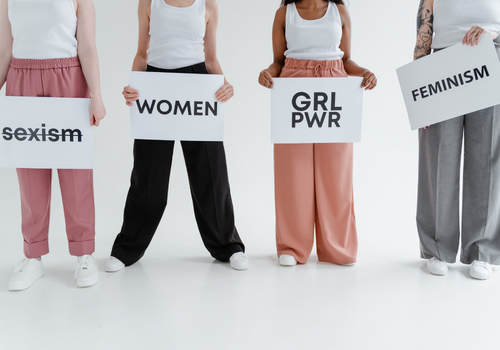
What are examples of women’s issues?
There are many issues that specifically affect women, both on an individual and a societal level.
Example of women’s issues:
Gender discrimination
Women may face discrimination in the workplace, education, and other areas of life, based on their gender. This can take many forms, including unequal pay, limited opportunities for advancement, and gender-based violence.
Reproductive rights
Women may face barriers to accessing reproductive healthcare and family planning resources, including contraception and safe abortion. Additionally, women may face stigma and shame surrounding their reproductive choices.
Domestic violence and sexual assault
Women are more likely than men to experience domestic violence and sexual assault, which can have long-lasting physical, emotional, and psychological effects.
Healthcare disparities
Women may face disparities in healthcare access and quality, including limited access to affordable healthcare and a lack of research on women’s health issues.
Political underrepresentation
Women are often underrepresented in positions of political power, including elected office and leadership positions in businesses and organisations.
Gender stereotypes
Women may face pressure to conform to societal gender norms and expectations, which can limit their opportunities and contribute to gender inequality.
These are just a few examples of the many issues that affect women. By recognising and addressing these issues, we can work towards creating a more just and equitable society for all people, regardless of gender.

What are women’s issues and women’s problems today?
Women continue to face a wide range of problems and challenges today. Here are a few examples of women’s issues today:
Gender inequality
Women still face significant barriers to equality in many areas of life, including education, employment, and political representation. Women are often paid less than men for doing the same work, and they are underrepresented in leadership positions in many fields.
Gender-based violence
Women are more likely than men to experience violence and harassment, including domestic violence, sexual assault, and online harassment. These forms of violence can have long-lasting physical and psychological effects on women.
Healthcare disparities
Women continue to face disparities in healthcare access and quality. This can include limited access to affordable healthcare, limited research on women’s health issues, and inadequate representation in clinical trials.
Political underrepresentation
Women remain underrepresented in political office and other leadership positions, despite making up half of the population. This can limit women’s ability to shape policy and have their voices heard in important decision-making processes.
Gender stereotypes
Women continue to face pressure to conform to traditional gender norms and expectations. This can limit their opportunities and contribute to gender inequality.






